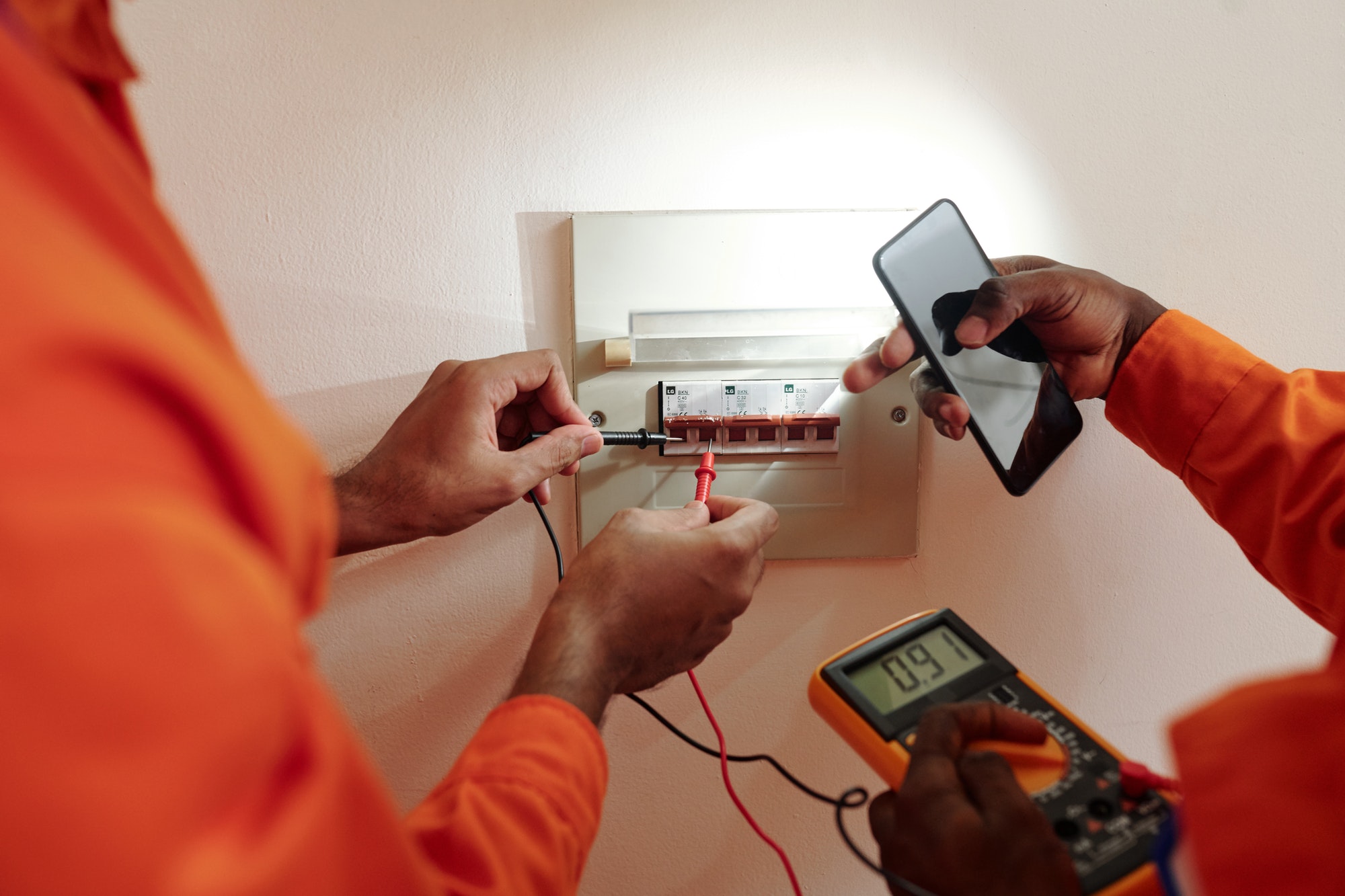Installing security lights is an effective way to enhance the safety and security of your home or business. Proper installation ensures that these lights function optimally, providing maximum coverage and deterring potential intruders. Here are some essential tips to guide you through the process of installing security lights correctly.
1. Plan the Placement
Before purchasing and installing security lights, carefully plan their placement. Identify the areas that require illumination, such as entry points (doors and windows), driveways, pathways, and dark corners around your property. Consider the following factors when planning the placement:
- Height: Install lights at a height that prevents tampering and ensures wide coverage. Typically, mounting lights 8-10 feet above the ground is effective.
- Coverage Area: Choose locations that allow the lights to cover the largest possible area. Overlapping light coverage can eliminate dark spots where intruders might hide.
- Motion Detection: If using motion sensor lights, ensure they are positioned to detect movement in critical areas without false triggers from passing traffic or animals.
2. Choose the Right Type of Security Light
Selecting the right type of security light is crucial for effective illumination and energy efficiency. Consider the following options:
- Floodlights: Provide broad, intense illumination and are ideal for large areas like backyards and driveways.
- Motion Sensor Lights: Activate only when motion is detected, conserving energy and alerting you to potential intruders.
- Solar-Powered Lights: Environmentally friendly and easy to install without the need for wiring, ideal for areas with ample sunlight.
- LED Lights: Energy-efficient, long-lasting, and available in various brightness levels.
3. Ensure Proper Wiring and Power Source
Proper wiring is essential for the safe and reliable operation of security lights. Follow these steps to ensure correct wiring:
- Turn Off Power: Before starting the installation, turn off the power at the main circuit breaker to avoid electrical shocks.
- Use Weatherproof Boxes: For outdoor installations, use weatherproof electrical boxes and fittings to protect the wiring from moisture and other elements.
- Follow Manufacturer Instructions: Carefully follow the manufacturer’s wiring instructions. Use appropriate wire connectors and ensure all connections are secure.
- Test the Power Source: Once the wiring is complete, turn the power back on and test the lights to ensure they are functioning correctly.
4. Install Motion Sensors Properly
If your security lights include motion sensors, proper installation is key to their effectiveness:
- Adjust Sensitivity: Set the sensitivity level of the motion sensor to detect human movement while avoiding false alarms from small animals or swaying branches.
- Set the Detection Range: Adjust the detection range to cover the desired area without extending too far beyond your property line.
- Angle the Sensor: Position the sensor at an angle that maximizes its coverage area while minimizing interference from walls or other obstacles.
5. Maintain Regular Maintenance
Regular maintenance ensures that your security lights continue to function effectively:
- Clean Lenses and Fixtures: Dirt and debris can reduce the brightness and effectiveness of your lights. Regularly clean the lenses and fixtures to maintain optimal performance.
- Check for Damage: Inspect the lights for any signs of damage, such as cracked lenses, loose connections, or rust. Address any issues promptly to prevent further deterioration.
- Replace Bulbs: If your security lights use replaceable bulbs, ensure you have spare bulbs on hand and replace them as needed.
6. Consider Professional Installation
If you are not confident in your ability to install security lights safely and correctly, consider hiring a professional electrician. A professional can ensure that the installation meets all safety standards and local electrical codes, providing you with peace of mind and optimal performance.
Conclusion
Proper installation of security lights is essential for maximizing their effectiveness and ensuring the safety of your property. By carefully planning the placement, choosing the right type of lights, ensuring proper wiring, installing motion sensors correctly, maintaining regular maintenance, and considering professional installation, you can create a well-lit and secure environment that deters potential intruders and enhances the safety of your home or business.






